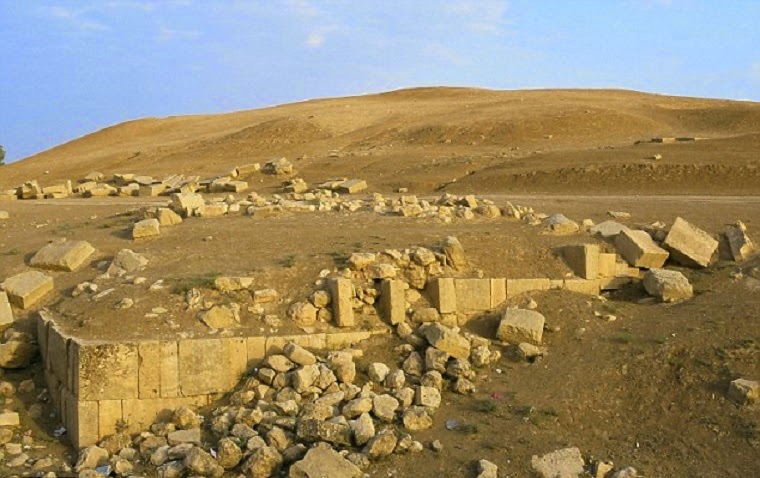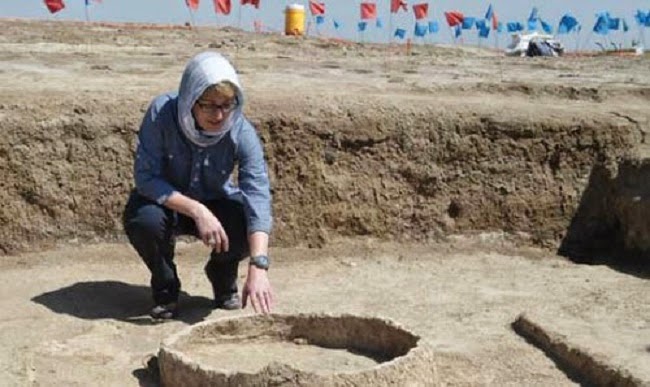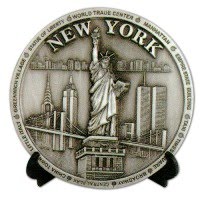Merry Wanderer of the Night [Search results for capital]
Peru: Peru's growing capital seeks to preserve Inca ruins

Skyscraper under an inclination
Near East: Tourist interest in Lydian capital increases

Iraq: Islamic State smash ancient Iraq statues in Mosul

Iran: Belgium to return stolen artefacts to Iran

Iraq: Reports of third ancient site looted by IS militants

Iraq: Archaeologists defy ISIS militants in Iraq

India: ASI miffed at damage to museum pieces

Iraq: UNESCO calls destruction of Nimrud 'war crime'

Rihanna looks picture perfect in Paris as she stops off in France

Lubetkin Prize has got to the bird's nest
Awesome Essays: Solipsism

Metal Summer Jam

Iraq: Iraq reopens Baghdad museum after 12 years

Heritage: Skopje museum staff guilty of trafficking artefacts

Heritage: Group to sue over 'botched' Tutankhamun mask repair

Iraq: ISIS threatens to blow up historical walls of Nineveh

Temporary Pavilion For the Hirshhorn Museum
Fun Home: A Family Tragicomic

Near East: Race to save antiquities in Syria



